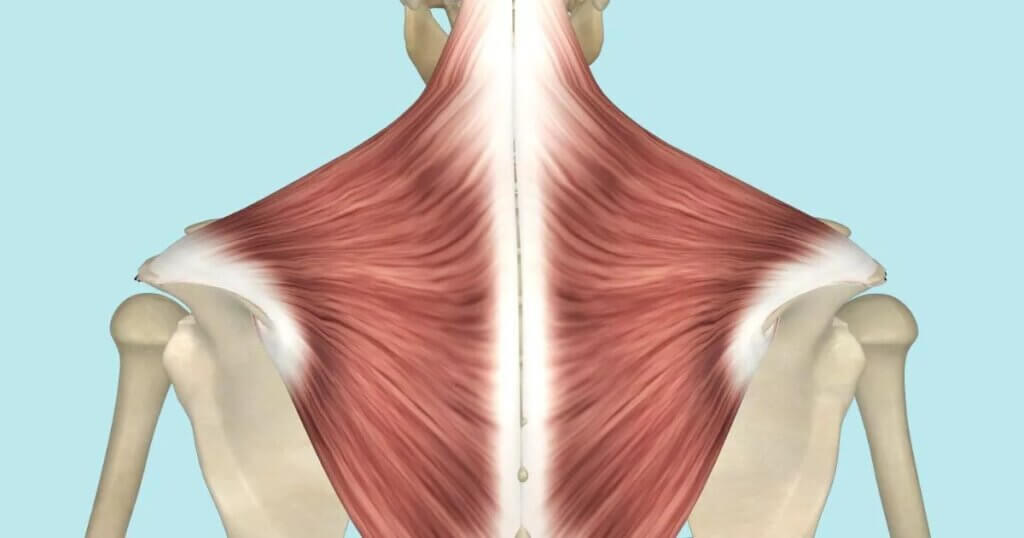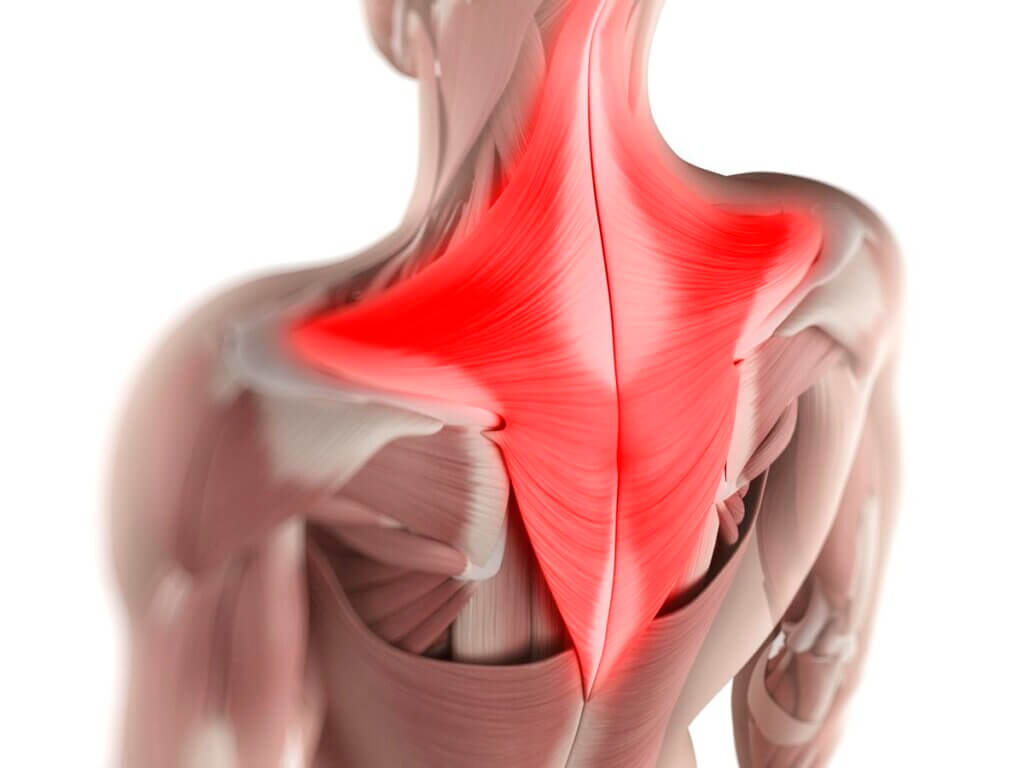
You have probably already experienced significant tension in your neck, shoulders and sometimes even in your upper back. There are many reasons for this; prolonged posture, an inadequate workplace, stress, etc. These upper back pains are often related to one muscle: the trapezius. We help you understand and relieve your trapezius pain.
The importance of stress on trapezius pain
We are constantly exposed to stress, whether at work, at home or through negative information in the media. But stress can also be physical, when holding one position for a long time, such as during a long transport journey or after spending several hours behind a screen.
Our body perceives this stress and creates a physical response, most of the time in a closed position, which allows a kind of withdrawal, a protection against aggression. This position causes a contraction or prolonged stretching of the trapezius muscles, which results in pain. This is a completely normal defense mechanism against aggression, whether physical or psychological.
Therefore, to reduce the tension felt at this level, it is essential to reduce sources of stress, whether through sport, meditation, yoga or music. Look for activities that suit you and allow you to release pressure, and review your physical habits. For example, when you are on a long car journey, take regular breaks to walk and relieve prolonged contractions.

It is important to know that the trapezius muscles are two large muscles located on either side of the spine. The reason they are so massive is that each has 3 muscle heads: an upper, a middle and a lower one. They start at the base of the skull, extend towards the shoulders and end in the middle of the back. These two muscles form a kind of diamond. Therefore, your neck, shoulder and back pain may be the result of muscle pain in one or both of the trapezius muscles.
Strengthening the muscles to stop the trapezius from hurting
At the first signs of tension at this level, you can practise self-massage. If the source is muscular, the application of a thermal cream can help relax the muscles.
If you can’t find the source of the problem, don’t panic, your osteopath is there for that too. With the help of an interrogation and a check-up, he or she will be able to get some answers as to what may be causing you problems, but also to free you from the tensions accumulated by the constraints exerted on your body. Indeed, mobility restrictions at the joint and/or muscle level, whether local or remote, lead to trapezius contracture. The role of your osteopath is to restore mobility to your body so that it regains its balance. After the session, follow the advice given! Perhaps a few small changes in your lifestyle can make a difference in the future.


